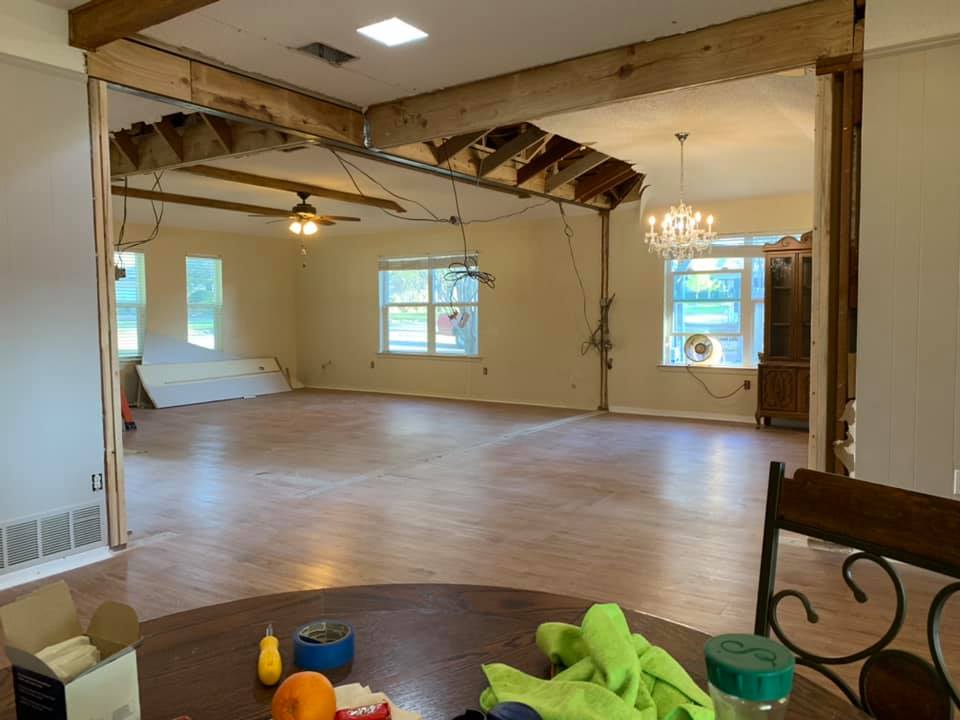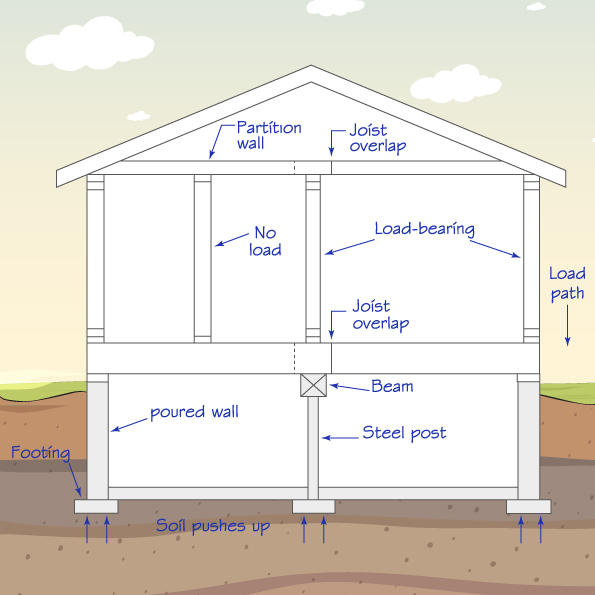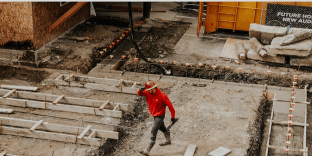
Legal Requirements and Permits for Wall Removal in Texas
The Importance of Legal Compliance
There is so much value in Texas in ensuring that you have an open space to enjoy the company of family and loved ones. It might be a sporting event, it might be a cookout, it might just be a place to enjoy your family any day of the week. While Texas has some of the most desirable places to live with a large selection of new and old beautiful homes to choose from, almost every layout can be revamped to create unique and exciting hospitality experiences. Well, we’re here to help.
If you are planning to remove a wall in your home in Texas, you might be wondering what legal requirements and permits you need to obtain and/or follow. We want to balance excitement and complying with any sort of permits and laws – saving your safety, your property value and your wallet.
In this article, we will explain why legal compliance is important, what types of permits you need, how to apply for them, and what can happen if you don’t.
Safety First
One of the main reasons why legal compliance is important is that it ensures safety. At the end of the day, this company, our community and the cities around us, value those that mean the most to us.
Legal requirements are often based on safety standards that are designed to protect you, your family, and your neighbors from potential hazards. For example, removing a wall may affect the structural integrity of your home, the electrical wiring, or the plumbing system. If you don’t follow the proper procedures and codes, you may create a dangerous situation that could result in injury, fire, or water damage.
Protecting Your Investment
Another reason why legal compliance is important is that it protects your investment. You put a lot of money into your property. Proper permits can positively affect the resale value of your home, since they show that the work was done by the book, across the board.
Here’s your fun fact for the day: Buyers and appraisers will look for evidence of permits when evaluating your property, and they may lower their offer or refuse to buy if they find out that you did not obtain them. Separately, having permits can increase your home’s value and appeal, as it demonstrates that you care about quality and safety.
Types of Permits Required
Depending on the scope and nature of your wall removal project, you may need different types of permits from various authorities. Here are some of the most common ones:
Building Permits:
A building permit is a document that authorizes you to construct, alter, or demolish a structure or a part of it. A building permit covers aspects such as zoning, design, materials, and inspections. You will likely need a building permit if you are removing a wall that is load-bearing, meaning that it supports the weight of the roof or floor above it. You may also need a building permit if you are changing the layout or the use of a room.
To apply for a building permit, you will need to submit a detailed plan of your project, including drawings, specifications, and calculations. You will also need to pay a fee based on the value of the work. You can apply for a building permit online or in person at your local building department. You will need to wait for the approval of your application before you start any work. You will also need to schedule inspections during and after the work to ensure compliance with the codes and standards.
Electrical Permits
An electrical permit is a document that authorizes you to install, modify, or repair an electrical system or equipment. An electrical permit covers aspects such as wiring, outlets, switches, lighting fixtures, and appliances. You will need an electrical permit if you are removing a wall that contains electrical components or if you are adding or relocating any electrical elements.
To apply for an electrical permit, you will need to submit an application form with information about your project and your contractor (if applicable). You will also need to pay a fee based on the number and type of electrical devices involved. You can apply for an electrical permit online or in person at your local electrical department. You will need to wait for the approval of your application before you start any work. You will also need to schedule inspections during and after the work to ensure compliance with the codes and standards.
Plumbing Permits
A plumbing permit is a document that authorizes you to install, modify, or repair a plumbing system or fixture. A plumbing permit covers aspects such as pipes, valves, faucets, drains, toilets, showers, bathtubs, sinks, and water heaters. You will need a plumbing permit if you are removing a wall that contains plumbing components or if you are adding or relocating any plumbing elements.
To apply for a plumbing permit, you will need to submit an application form with information about your project and your contractor (if applicable). You will also need to pay a fee based on the number and type of plumbing fixtures involved. You can apply for a plumbing permit online or in person at your local plumbing department. You will need to wait for the approval of your application before you start any work. You will also need to schedule inspections during and after the work to ensure compliance with the codes and standards.

The Application Process
Now that you know what types of permits you need, let’s look at how to apply for them. Here are some general steps to follow:
Documentation Needed
Before you apply for any permit, you will need to gather some documents that support your application. These may include:
- A copy of your property deed or lease agreement
- A copy of your homeowner’s insurance policy
- A copy of your contractor’s license and insurance (if applicable)
- A site plan or survey of your property showing the location and dimensions of the existing and proposed structures
- A floor plan or blueprint of your project showing the layout and dimensions of the rooms, walls, doors, windows, and other features
- A detailed description of the work to be done, including materials, methods, and codes to be followed
- A list of the permits you are applying for and the fees you are paying
Where to Apply
You have two options for where you can apply for your permits: online or in person. Online applications are usually faster and more convenient, as you can submit your documents electronically and track the status of your application. However, some permits may require you to apply in person at your local department, as you may need to present your original documents or answer some questions. You can check the website of your local department to see what options are available for each permit.
Timeline and Costs
The timeline and costs of obtaining your permits will vary depending on the type, complexity, and location of your project. Generally, you can expect to wait anywhere from a few days to a few weeks for your application to be reviewed and approved. You can also expect to pay anywhere from a few dollars to a few hundred dollars for each permit, depending on the value and scope of the work. You can check the website of your local department to see what fees are applicable for each permit.
Consequences of Non-Compliance
If you think that obtaining permits is too much hassle or too expensive, you might be tempted to skip this step and proceed with your wall removal project without them. However, this is a risky move that can have serious consequences for you and your home. Here are some of the possible outcomes of non-compliance:
Legal Repercussions
Failing to secure the proper permits can result in fines and penalties from the authorities. You may be ordered to stop the work, pay a fine, obtain the permits retroactively, or even undo the work and restore the original condition. You may also face legal action from your neighbors, your homeowner’s association, or your insurance company if they are affected by your project.
Safety Risks
We want to stay safe around here. Failing to comply with legal requirements can also result in safety risks for you and your home. You may create a hazardous situation that could cause injury, fire, or water damage. You may also compromise the structural integrity of your home, making it more vulnerable to natural disasters or accidents. You may also void your warranty or insurance coverage if you do not follow the codes and standards.
Understanding and complying with legal requirements and permits for wall removal in Texas is essential for any homeowner who wants to undertake this type of project. It’s not the most fun, but it’s certainly important. Reach out to us if you have questions. We can make sure that you can ensure safety and ultimately protect the investment that you’ve put so much effort into.


